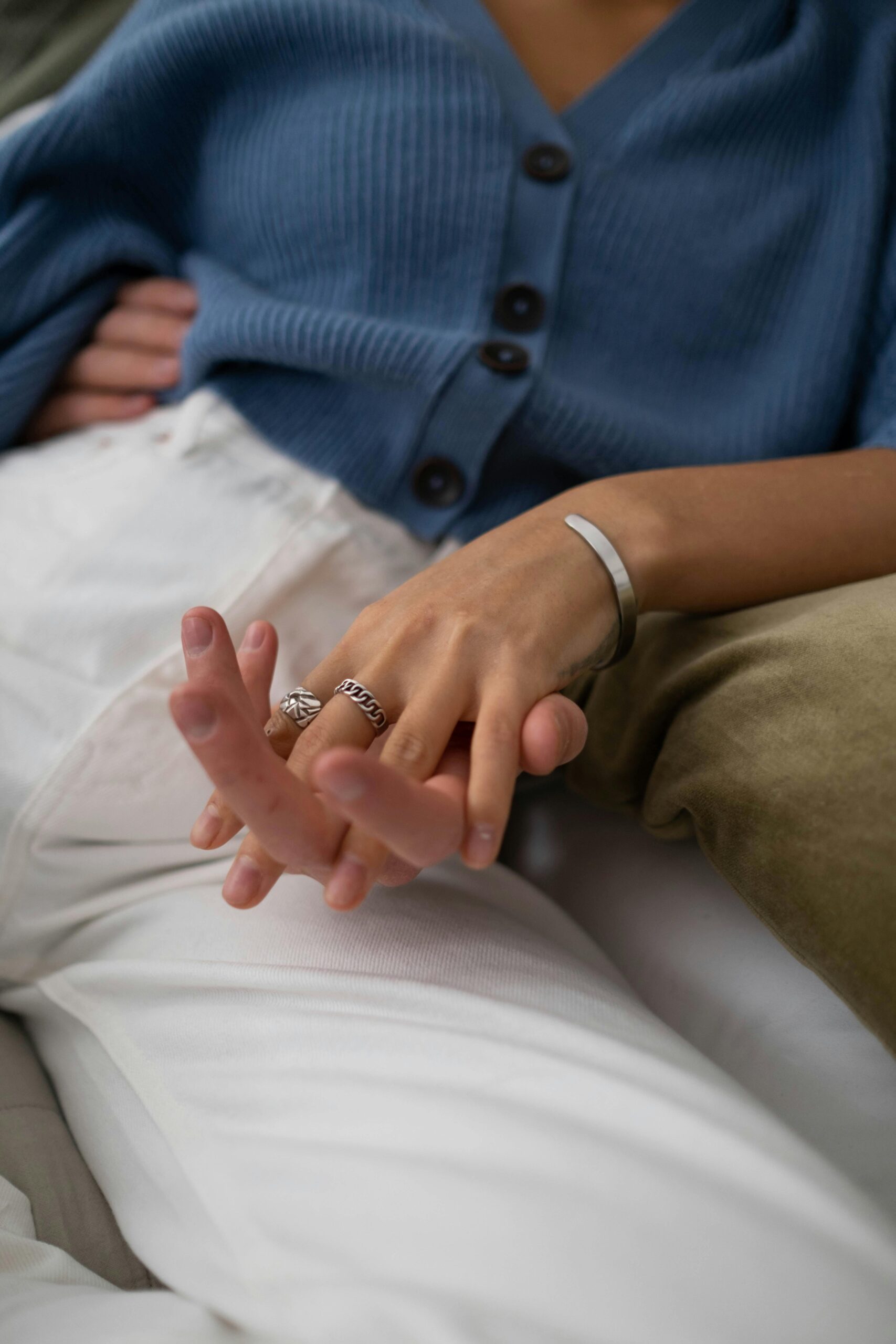It starts with a fight that feels bigger than it should. Or silence that lasts longer than you expected. Maybe it’s the way you keep choosing partners who aren’t fully present. Or how you always end up feeling too needy, too detached, too misunderstood.
These aren’t random issues. They often come from how we’ve learned to attach emotionally in close relationships a blueprint shaped in early life and carried into adulthood. This is what psychologists call your attachment style.
1. Secure Attachment
How it shows up:
You’re able to express needs without fear, hear your partner without defensiveness, and handle conflict with curiosity instead of threat.
The strength:
You’re comfortable with both intimacy and independence. Emotional closeness doesn’t feel like a loss of self, and space doesn’t feel like abandonment.
What it means for relationships:
Trust, communication, and emotional regulation come more naturally. Conflict happens, but it doesn’t become a source of emotional instability.
The takeaway:
This is the healthiest foundation for love and it’s something people can develop over time, even if they didn’t start out with it.
2. Anxious (Preoccupied) Attachment
How it shows up:
You may overanalyze messages, fear being “too much,” or constantly seek reassurance in relationships. Conflict feels threatening, and silence feels like abandonment.
The pattern:
You crave closeness, but it often comes with anxiety. When things feel uncertain, you try to close the gap fast which can overwhelm your partner and deepen the insecurity cycle.
What’s underneath:
Fear of being left, fear of not being enough, and a tendency to tie self-worth to emotional validation from others.
The challenge:
Building self-trust and learning to tolerate emotional space without spiraling. This allows you to connect from a place of stability, not survival.
3. Avoidant (Dismissive) Attachment
How it shows up:
You may shut down during emotional conversations, avoid vulnerability, or feel irritated when someone gets too close. Independence is often prioritized over connection.
The pattern:
You pull back when things become too intimate or emotionally charged. You may appear “fine” on the surface but feel emotionally cut off beneath it.
What’s underneath:
A discomfort with dependency, often rooted in early experiences where emotional needs weren’t met or weren’t safe to express.
The challenge:
Reframing vulnerability as a strength, and learning to stay present when emotional needs arise both in yourself and in others.
4. Fearful-Avoidant (Disorganized) Attachment
How it shows up:
You long for closeness but fear it at the same time. Relationships often feel like emotional whiplash highs and lows, push and pull, connection followed by withdrawal.
The pattern:
You seek intimacy but shut down when it arrives. You fear abandonment, but also fear being truly seen or hurt. This leads to unstable, emotionally charged relationship dynamics.
What’s underneath:
Often tied to unresolved trauma or chaotic early relationships. There’s a deep fear of both losing love and being hurt by it.
The challenge:
Regulating your nervous system, building trust slowly, and working through trauma in safe, supportive environments.
Final Words:
If you recognize yourself in any of these patterns, it’s not a flaw it’s information. Your attachment style doesn’t define your future, but it can explain your past. And most importantly, it can guide your healing.
The goal isn’t to become perfect. It’s to become aware. Because from awareness comes change and from change, the kind of love that feels less like a struggle and more like home.




